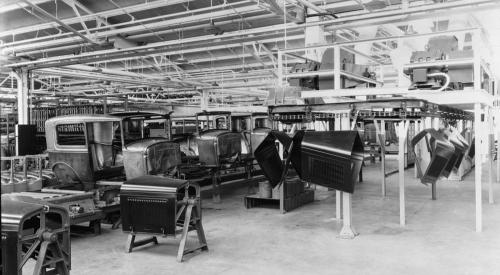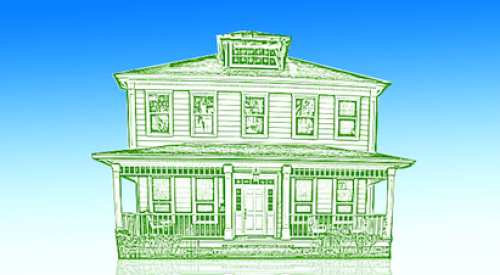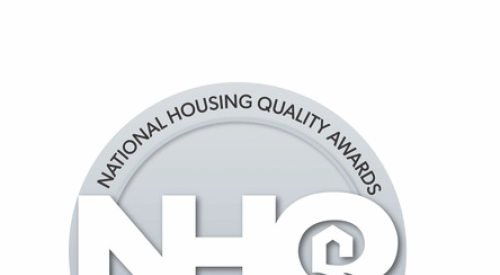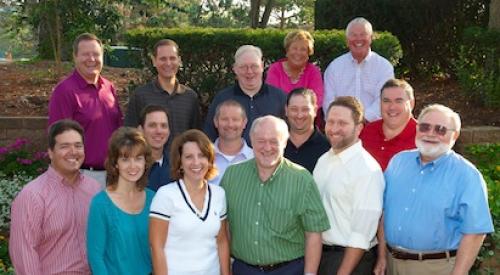| Edward Caldeira, Director of Quality Services, NAHB Research Center
|
Improvement programs yield impressive results when employees actively participate in the process. "In our division over the last three years more than 3500 employee improvements have reduced material costs 21%, decreased cost of quality 30%, and helped increase our profits 121%," reports Mike Draper, Florida division president, Palm Harbor Homes, a National Housing Quality (NHQ) Award winner.
Before Palm Harbor’s program began in 1993, the management team was convinced that there was a gold mine of improvement opportunities but was frustrated by the company’s progress using the old suggestion system. Inspired by the book Kaizen by Masaki Imai, management created its own approach to continuous improvement. First, they challenged the quality steering committee to reinvent the improvement process. Managers and employees then collaborated to design the program, implement its policies and procedures and monitor its effectiveness.
Demand Involvement
The old suggestion box was the first thing to go—along with the suggestions management should make. The new approach put the onus on employees. They were asked to submit only those ideas that employee teams could make to their own work area.
Training was necessary to help employees understand how to participate effectively in the process. This training created a common language for identifying opportunities, solving problems and participating in improvement meetings. The Process Policy requires employees to submit an idea every quarter. If an employee does not fulfill this obligation, a 30% per hour bonus for the whole team is withdrawn. "That does not happen very often," says Bennie Nelson, senior production manager.
New ideas are submitted on "opportunity for improvement" (OFI) cards, which require the signatures of all affected by the proposal. Teams meet weekly for 15 minutes to discuss new OFI ideas. A quality facilitator is assigned to each team to provide guidance.
The team is responsible for implementing their ideas and can spend up to $100 with no questions asked. Or they can go to the improvement committee for larger amounts. Follows-ups ensure that improvements stay implemented.
When improvements are needed, management always defers to the OFI system. "OFIs are just the way changes are made around here," a production employee told a group of visitors.
The improvement committee rewards teams with points for implemented OFIs—one point for a general improvement, two points for a cost-saving improvement. Teams that reach milestone point levels are rewarded with gifts and clothing. An annual "zero defect day" celebration recognizes outstanding ideas and awards a grand prize vacation on a Caribbean island. For free "OFI Improvement Form and Guidelines" contact the NAHB Research Center’s ToolBase Hotline by email at toolbase@nahbrc.org or call 800/898-2842.












